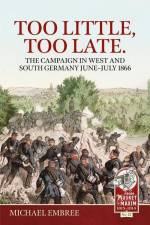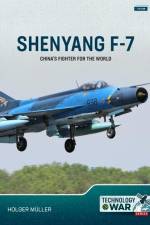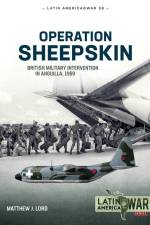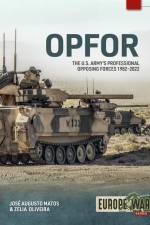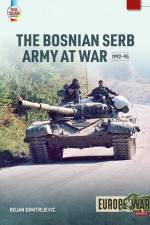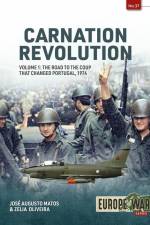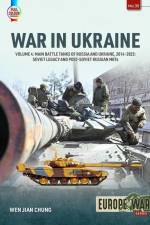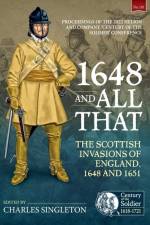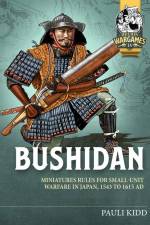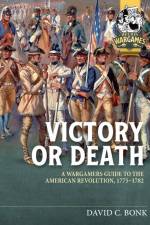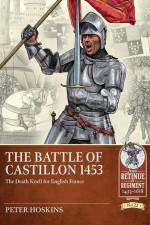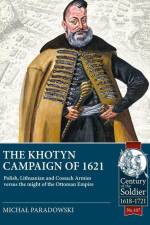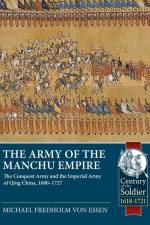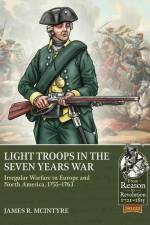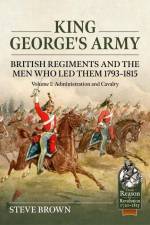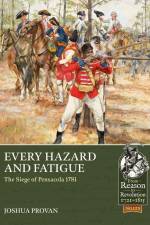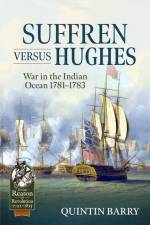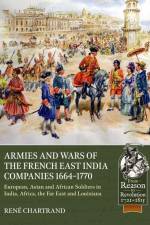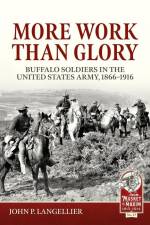av David Flintham
371
Between 1639 and 1660, more than 1,000 places across England, Ireland, Scotland and Wales were fortified. These included towns and villages, castles and manor houses, as well as new places of strength. They ranged in complexity from the simple strengthening of existing medieval walls to the sophisticated re-fortification of major towns. Often overlooked in the context of European military engineering, and in terms of the so-called 'military revolution' of the period, the design and construction of the Civil War fortress progressed during the period, evolving from the basic ditch and rampart of the early years of the fighting to the massive stone-built citadels of the Protectorate. Over half of these so-called 'fortified places' witnessed some sort of military action, although it is wrong to conclude that the fortress warfare of the period was purely about sieges. The Town Well Fortified is a brand-new study which looks at the strategic and tactical importance of fortifications, and their influence on the respective war effort of all sides, particularly in terms of logistics, and the concept of 'protected corridors' which connected key locations and dominated campaigns. The book also places the fortress in its geographical context, and considers how the local topography influenced placement and design. Given the years of peace enjoyed by much of the Three Kingdoms prior to the Civil Wars, it is no surprise that fortress construction was heavily influenced by European practice, although the fortified landscape prior to 1639, including a heritage stretching back as far as Roman times (and beyond), was also important.The design and construction of the fortifications is also considered, both in terms of the theory, especially from the military manuals of the time, and then the practice, including several contemporary and eyewitness accounts. The book also examines actual numbers, locations, and types of fortresses, including an assessment of the type of fort known as a 'sconce'.Secondary sources have been re-examined, and brought together with ongoing research, including recent archaeological investigations (which, among other things, consider just how earthworks were built), in this ground breaking-study which offers a fresh interpretation of the subject of fortresses during the Civil Wars. The use of up-to-date research is reflected in the book's spotlight on the current and yet largely unpublished investigations at King's Lynn, London, and the Isle of Man. But the inclusion of findings from the Civil War Fortifications Register project ensures this book genuinely encompasses the whole of Britain and Ireland.This is the result of more than thirty years of research, including the author's thorough and ongoing study of London's fortifications, the King's Lynn under Siege archaeological project, and the results from the development of a register identifying every place fortified during the Civil Wars across the entire British Isles.

